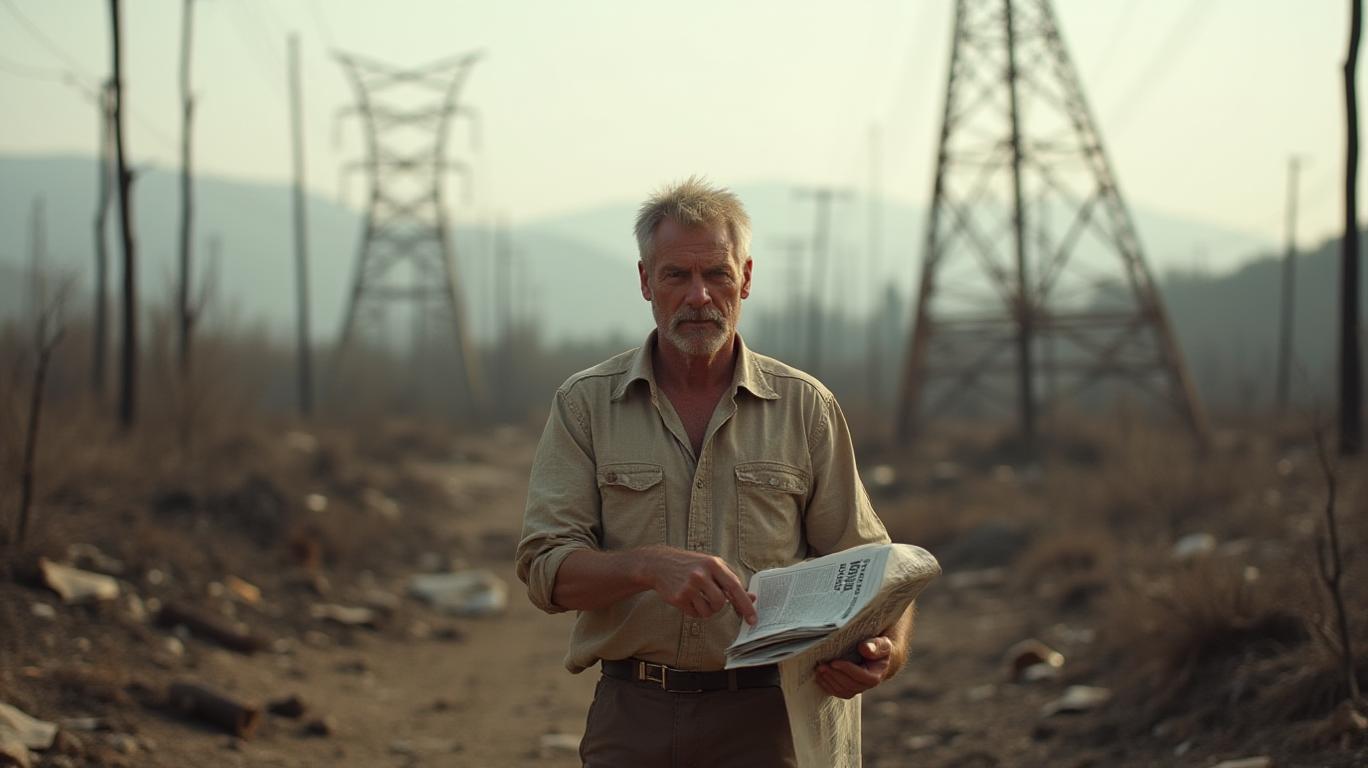Wildfire Risk Mitigation: Navigating the New Regulatory Frontier for Utility Investors
The era of wildfire disasters has transformed utilities into high-stakes litigants, with Southern California Edison's (SCE) recent $82.5 million settlement for the 2020 Bobcat Fire signaling a paradigm shift. For investors, this is not merely a regulatory footnote—it's a clarion call to reassess the financial and operational vulnerabilities of utilities exposed to wildfire liabilities. Let's dissect the risks, regulatory pressures, and investment opportunities emerging from this seismic shift.

The Regulatory Hammer: Why SCE's Settlement Matters
The Bobcat Fire settlement, finalized in May 2025, is the largest wildfire cost recovery deal in California's history. Crucially, it stems from a direct causal link between SCE's inadequate vegetation management and the fire's ignition. This precedent sets a dangerous precedent: utilities can no longer plead ignorance. Federal prosecutors are now targeting preventable failures—like lax tree-trimming protocols or aging infrastructure—as grounds for massive settlements.
What makes this a watershed moment? The U.S. Attorney's Office explicitly tied the fire's origin to SCE's negligence, arguing that untrimmed trees contacting power lines caused the blaze. This “reckless infrastructure” narrative is now weaponized against utilities, with the Eaton Fire (2025)—linked to SCE's dormant power lines—potentially adding another $10 billion in liabilities.
The Financial Exposure: A Balancing Act Between Risk and Recovery
Utilities are caught in a vise: paying settlements while seeking rate hikes to fund mitigation. SCE's proposed 10% rate increase—raising average monthly bills by $18—highlights the tension. Ratepayers are revolted, but regulators face a dilemma: Should customers subsidize utilities' past negligence?
The math is stark:
- Past Liabilities: SCE's 2017 Thomas Fire settlement ($80M) and 2020 Bobcat Fire payout ($82.5M) now total $162.5M.
- Future Costs: Rising equipment-caused fires (SCE's incidents jumped 97% to 178 in 2023) and climate-driven fire seasons could amplify liabilities.
Investors must ask: Is the utility's risk management robust enough to avoid a death spiral of settlements and rate hikes? Companies failing to modernize infrastructure or adopt proactive mitigation (e.g., AI-driven vegetation monitoring) risk becoming pariahs.
The Investment Play: Betting on Preparedness
The regulatory pendulum has swung decisively toward accountability. Investors should prioritize utilities with:
1. Proactive Mitigation: Companies investing in smart grids, AI-driven vegetation management, and wildfire-resistant infrastructure (e.g., undergrounding power lines).
2. Transparent Liability Management: Utilities with clear reserves for wildfire costs and partnerships with insurers to share risk.
3. Regulatory Foresight: Firms lobbying for equitable cost-recovery frameworks to avoid over-reliance on rate hikes.
The Catalyst for Action: SCE's Settlement as a Market Signal
SCE's payout isn't an anomaly—it's a template. Regulators are now incentivized to pursue similar cases, particularly in climate-vulnerable regions. For investors, this creates two clear plays:
- Short the Laggards: Utilities lagging in infrastructure upgrades (e.g., delayed vegetation management) face existential risks.
- Long the Innovators: Companies like NextEra Energy or Xcel Energy, which prioritize grid hardening and digital risk tools, are poised to dominate.
The Bobcat settlement isn't just a financial hit—it's a wake-up call. Utilities that fail to pivot to proactive wildfire management will see their stock prices smolder. Those leading the charge? They'll be the phoenix rising from the ashes of regulatory chaos.
Investment Thesis: Allocate capital to utilities with proven risk mitigation strategies and robust R&D pipelines for wildfire prevention. Avoid those clinging to outdated infrastructure—your portfolio may not survive the next blaze.
Act now, before the next wildfire settlement becomes the next market-moving headline.

Comments
No comments yet